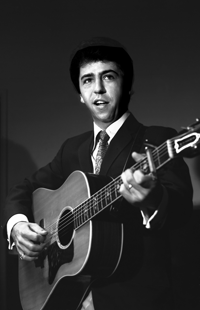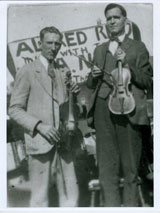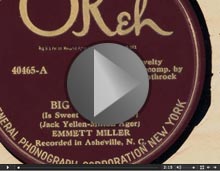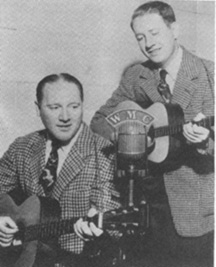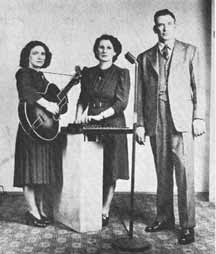By Wayne Erbsen
I have a thing for log cabins. Always have. To me, they symbolize almost everything I’m trying to say when I play old-time mountain and bluegrass music. In fact, that’s why I named the band of students I work with the “Log Cabin Band.”
Log cabins have long been a symbol of frontier America. Their sturdy construction of handhewn logs are a true representation of the tough and independent pioneers who built them.
One of the strongest and most enduring themes of traditional bluegrass music has been the lost son who wanders back to the old log

